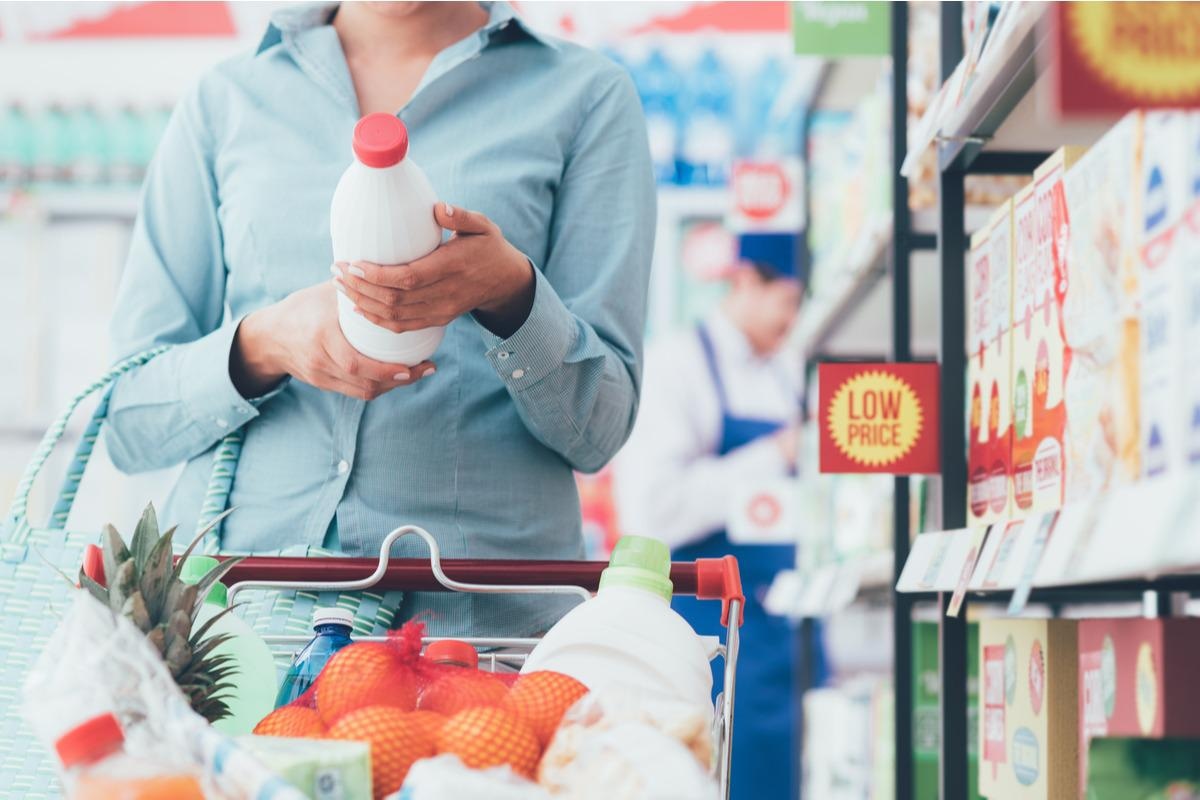Table of Contents
Introduction
We often find people looking at a nutrition label in grocery stores, but only a small percentage of them can interpret the nutrition label correctly. With the variety of packaged foods available today it has become essential to know what ingredients we are consuming and how many. Nutrition label numbers can be quite difficult to understand, but there is a clear and effective way to use this information.
What is a nutrition label?
The U.S. Food and Drug Administration (FDA) requires all pre-packaged foods to be nutritionally labeled. Food manufacturers must use these labels to effectively convey product information to the consumer. The nutrition label helps the health conscious consumer make an informed decision about the nutritional value of the food. This also helps the consumer to avoid certain ingredients if they follow a special diet. Seafood and fresh produce are exempt from the use of a nutrition label.
The nutrition label and its parts
The nutrition label looks like a table and is printed in black and white mainly on the back or side of the packaged product. It is sometimes known as a nutritional data panel. It has four main parts: portion size information, calorie information, nutrients, and percentage of daily value. We will explore each part separately.
Portion size information
It is recommended that you read portion information or portion size information first while reviewing the nutrition label. Portion size is considered the amount that people usually eat in a portion as part of a balanced diet, for example, a cup of nuts or a cookie. This amount of food is accompanied by the metric value, for example, 100 grams of nuts.
It is important to consider the portion size because reading the rest of the label information depends on it. Calorie information, nutrient information, and daily value percentage are based on this portion size. Therefore, if you are consuming 2 cups of nuts (2 servings), you are also consuming twice as many nutrients and calories. You should also double the percentage of the daily value to get the correct information about your particular portion.
This part of the label also contains information on the total number of servings of packaged food. For example, a 500 gram packet of nuts may contain 5 servings per container.

Calorie information
A calorie is a unit of energy. This energy is released when food breaks down in our body. Calorie information is the second part of the nutrition label. Indicates the number of calories in a serving. For example, 1 serving of nuts contains 150 calories. If you eat 2 servings of nuts, you will consume 300 calories.
This calorie information can be used as a tool to make healthy dietary decisions. Controlling calorie intake is crucial, as increasing intake is associated with weight gain.
Nutrients
The third part of the nutrition label provides information on the nutrients present in a portion of the packaged food or beverage. This product-specific information helps consumers look for particular nutrients according to their needs. Some of the main nutrients listed are total fats, cholesterol, sodium, total carbohydrates, dietary fiber, protein, vitamins and minerals. These categories may have subcategories included by manufacturers, such as different types of fats and carbohydrates.
Below the total fats, we can mention the number of saturated fats and trans fats, as these types of fats are considered unhealthy and should be taken into account. Similarly, total sugars include natural and added sugars. The amount of sugar added can be mentioned below the total sugars as it is added during food processing and health conscious consumers may want to control their sugar intake.
Daily Value Percentage Information (% DV)
The daily value is the recommended amount of nutrients to be consumed each day. The percentage of daily value (% DV) is indicated for each nutrient on the label. It is nutrient specific. It refers to the part of the daily value of the nutrient that is present in a serving. For example, if the% DV of saturated fat in a product is 25% and you’ve consumed a serving, then you’ve consumed 25% of the recommended saturated fat of the day.
The daily value percentage makes it easier for you to determine your daily nutrient intake as you make the calculation for the consumer. In addition, it helps the consumer to decide whether the food they eat is nutritious or not. This can limit certain nutrients or increase the intake of other nutrients.
In addition, the FDA provides a general guide to help you decide if the% DV of a nutrient is high or low. If the% DV of a nutrient is 5% or less, it means it is low in that nutrient. While, 20% DV or more is considered high in this nutrient. For example, if the% DV of saturated fat in a serving is 25%, it means that the food is high in saturated fat.
Health experts suggest that nutrients such as saturated fats, added sugars and sodium should have a low DV%. Whereas, nutrients such as vitamin D, potassium and dietary fiber should have a high DV%.
Conclusion
The nutrition label shows information on the number of calories and lists the nutrients in packaged foods and their respective% DV. It helps health-conscious consumers make quick decisions about their dietary choices. In addition, the nutrition label can also be used by educators and health professionals to convey information about packaged foods and beverages.


Comments are closed.